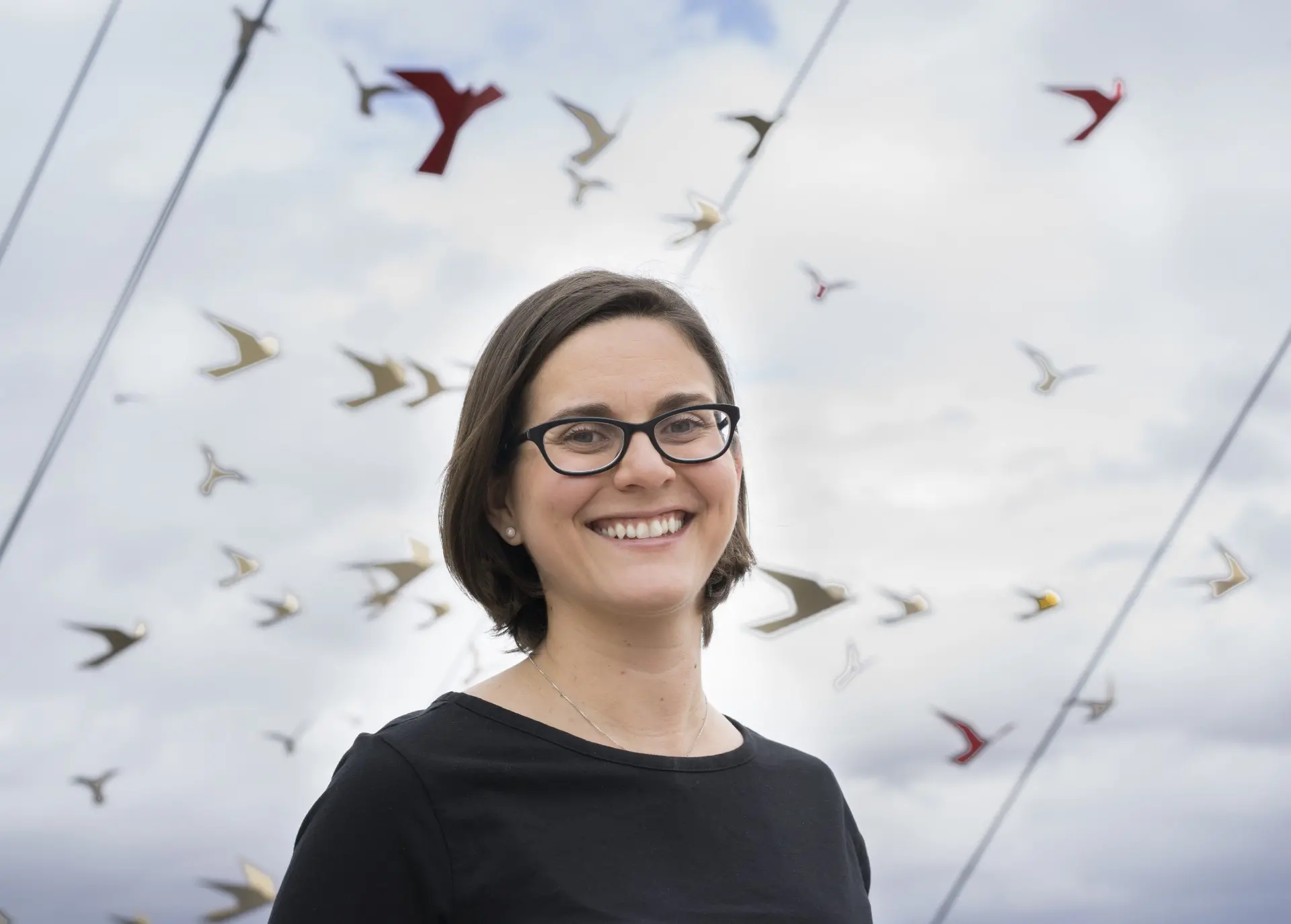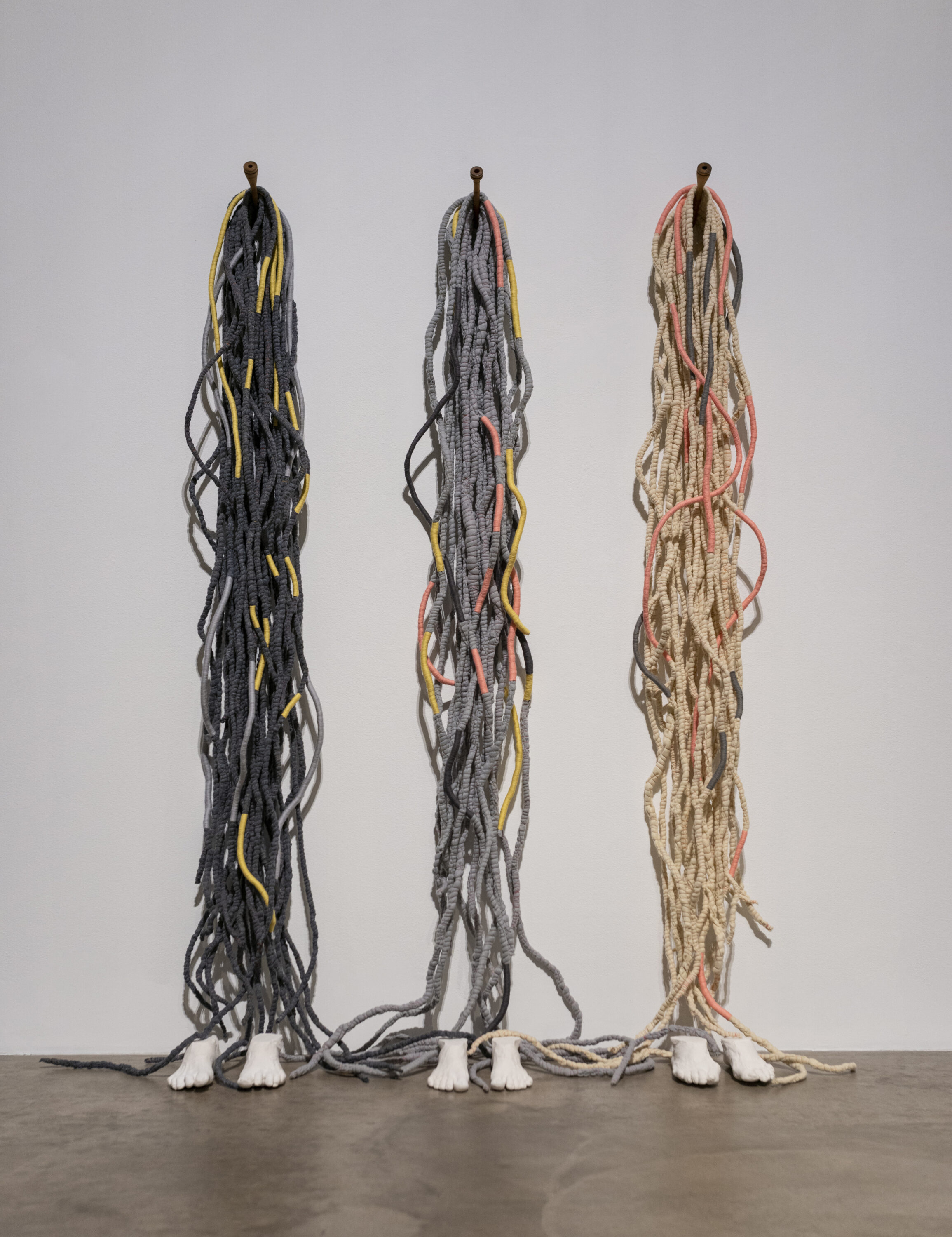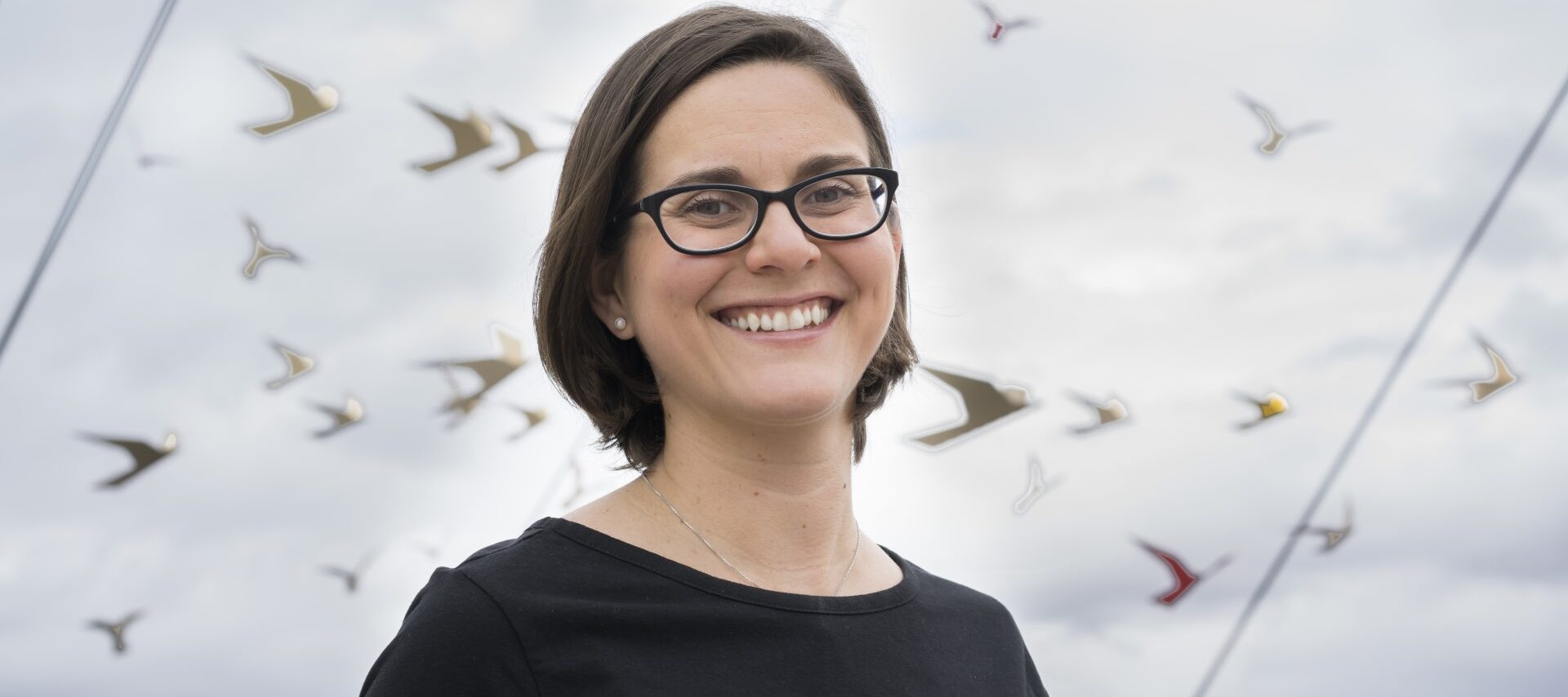The seventh installment of NMWA’s Women to Watch exhibition series, New Worlds, is presented by the museum with the integral partnership of our national and international outreach committees.
The exhibition showcases 28 contemporary artists who respond to our extraordinary times—the global pandemic, advocacy for social reform, and political division—by reimagining the past, presenting alternate realities, and inspiring audiences to create different futures. We spoke with some of the participating artists about their featured work and practice.
Artist: Saskia Jordá
Nominating Committee: Arizona Committee

1. What themes does your work in New Worlds address?
The themes of migration and uprooting are central to my work Raíces (Roots) (2019), in which I present a family portrait of myself between my two grandmothers.
As a teenager, I migrated from Venezuela to the United States, and I came viscerally close to feeling pulled out by the roots. It was an exhilarating experience to find my place on welcoming new “soil.” It was also a strange inversion of the experiences that both of my grandmothers had when they were young women and were both uprooted to move to Venezuela. Like me, they migrated to a new world to find better opportunities. But unlike me, they left their parents behind and started new lives with nearly nothing. After more than 50 years in Venezuela, they were once again uprooted to follow our family to the United States.
In Raíces, sculptural coiled roots reference our bodies as they hang exposed and layered above plaster casts of our feet. My grandmothers’ gnarled feet, alongside my own, are evidence of the interrupted motion of our lives and our attempt to find ground in our adopted countries, our new world.
2. Is this work representative of your oeuvre? How does it fit into your larger body of work?
As an installation artist and an immigrant, my work often interprets issues of cultural identity and how these issues correlate to themes of place, specifically our relationship to the land and soil. Raíces fits into my search for place, lineage, and cultural identity while presenting a family portrait.
3. As an artist, what are your essential materials and/or tools for building a new world?
I often work with soft materials such a fabric, wool, cotton fiber, thread, yarn, and discarded clothing that I upcycle. I contrast these with harder materials such as wood, plaster, and found objects. I work my materials with my hands, much like my grandmothers did, bridging the past with the present.
My stories, experiences of immigration and assimilation, and my search for a place to set down roots are what I pass down to my child, in turn setting the foundations for her future.

4. Did any books, music, film, news, or other art inform your work in this exhibition?
Raíces was mostly informed by personal and family experiences and the stories of my grandmothers. Traditional craft techniques, such as coiling and casting, have informed my process and materials, and I fall within a long lineage of fiber artists and artisans.
5. How have the events of the past several years—the global pandemic, increased advocacy for social reform, and striking political division—changed or challenged your practice?
These events have heightened my awareness about how and where I can use my voice through my art to address these topics. Also, the grief of losing both my grandmothers within a year (2020 and 2021), shortly after I cast their feet for Raíces, made the work even more poignant for me.
6. If you could travel to any time, past or future, where would you go? Why?
I would love to see what my grandmothers were like as young girls. That would take me to Spain and Saba (Dutch Caribbean) during the late 1920s and the 1930s.
New Worlds: Women to Watch 2024 is on view at the National Museum of Women in the Arts from April 14 to August 11, 2024.

